
Oscilloscopes Are Simple Yet Complex! But Why Are Oscilloscopes So Expensive? Most cost thousands or tens of thousands, why are they so expensive?
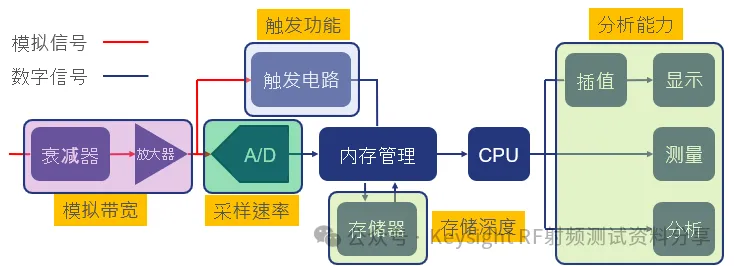
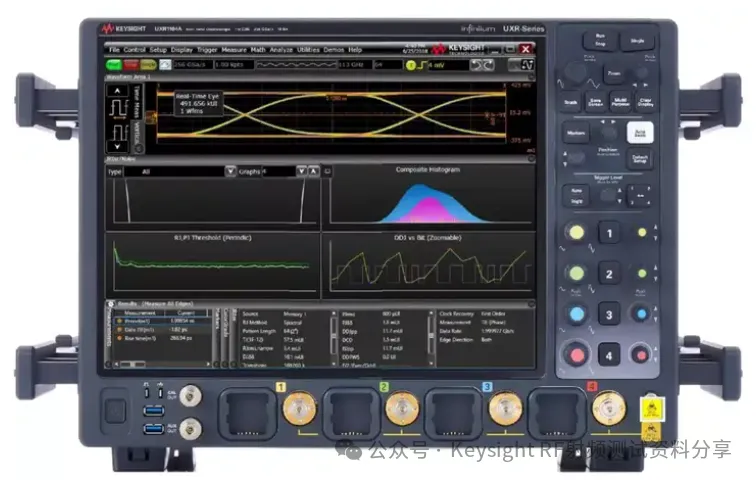

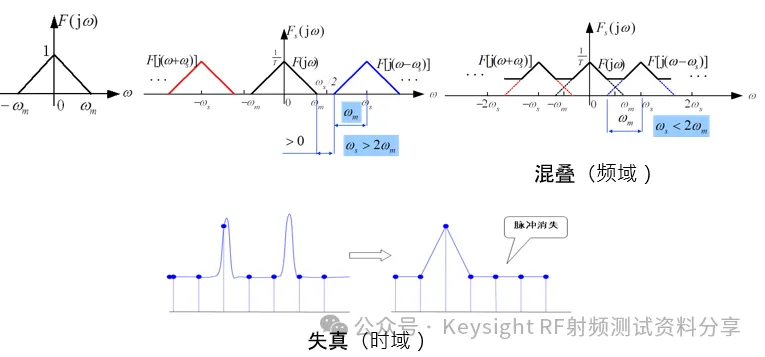
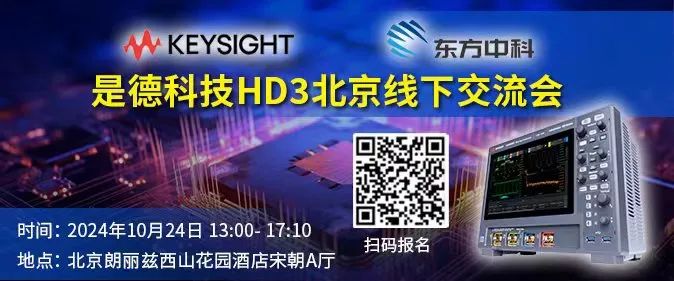
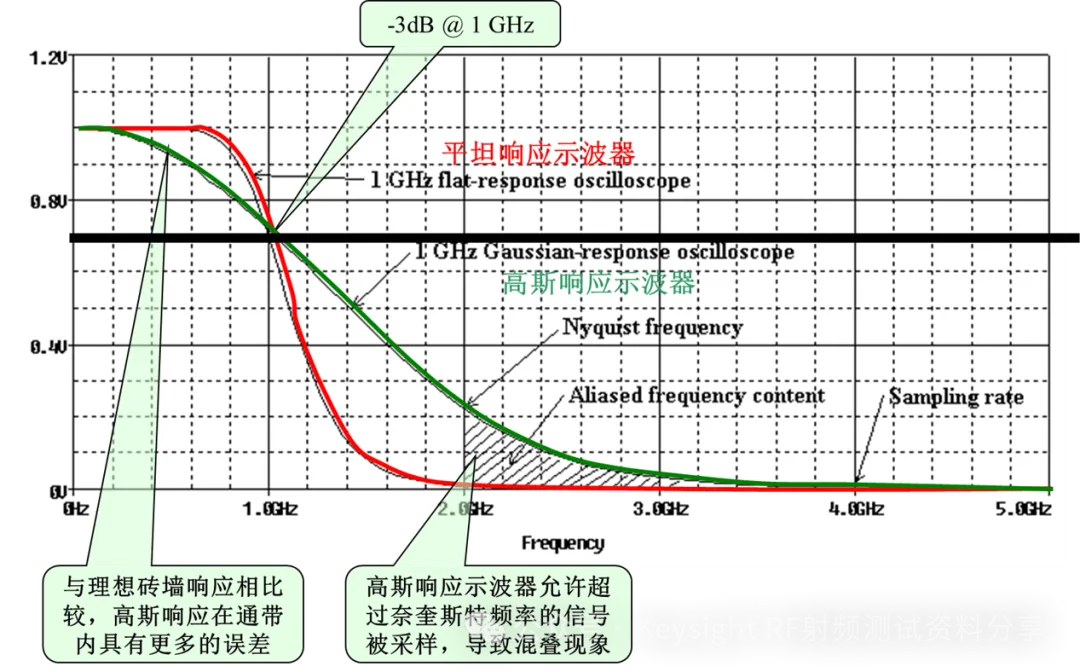
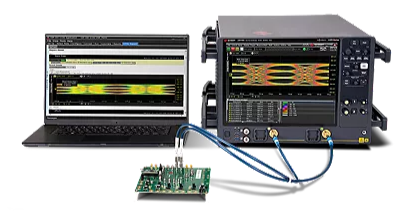
Collection Of Circuit Diagrams
Common Analog Circuits | Operational Amplifier Circuits | Protection Circuits | EMC Standard Circuits | Power Supply Circuit Collection | Practical Control Circuits | Microcontroller Application Circuits | Waveform Generator Circuits | Complete Collection Of Automotive Circuit Diagrams | 555 Circuits | Small Appliance Circuits | 9 Basic Module Circuits | English Abbreviations For Schematics | Circuit Symbols
Basic Introduction
Circuit Basics | Digital Circuits | Basics Of Oscilloscopes | Using Multimeters | Signal Integrity | Ground Knowledge | Embedded Basics | Summary Of STM32 Basic Knowledge | C Language Key Points
Components
Resistors | Capacitors | Inductors | Diodes | Transistors | TVS | Thyristors | MOSFETs | IGBTs | Sensors | Relays | Equivalent Circuits Of Components | Complete Guide To Component Selection | Component Failures
Join The Community
If You Want To Join The Electronics Industry WeChat Group, You Can Scan The Code To Add Our Community Operations. Please Note The Group Direction (A Brief Description Of The Target Group, Such As: Embedded, Market Trends, Etc.)
